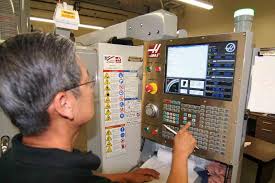In all operations it is essential that the shop personnel ("mechanics") manufacturing the product are capable and skilled. Not all jobs require the same skill level and some mechanics are better in some areas than others. A world class company recognizes that it is foolish to rely on someone whose skill is marginal at a particular task. To ensure success, there are mentoring and training done for newer mechanics to get them up to speed and perform at efficient levels. Over time the mechanics will understand their particular job thoroughly and will excel at it with the help of fellow mechanics and engineers. Over time all people involved in the operation will have an understanding about how things should be done.
But what about when a newer mechanic is assigned to a new position in the factory and he (or she) sees things differently. In my experience at Boeing a new mechanic may offer good tips but may also cause some disruption. If he interprets an engineering drawing differently than his predecessors, than that may cause a halt in production while things get sorted out, Occasionally an unplanned drawing revision may be required in order to clear up or avoid further confusion to the intent and outcome of the operation.
 |
| Coil drawing courtesy of picsbox.biz |
Its important for engineering and manufacturing to work together to keep continuity. Weekly meetings to keep communication open will to wonders to avoid bigger headaches at times when the work must be completed ASAP in order to meet schedule.











